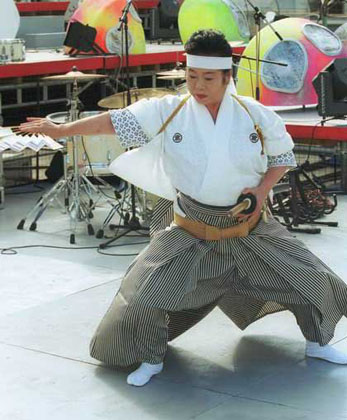BOXING (part 2)
 VICTORY IN THE FIGHT.
VICTORY IN THE FIGHT.
The following outcomes are possible in a boxing match: a clear victory (knockout), a technical knockout, a victory on points, a victory behind a clear advantage, a technical victory on points, a refusal of one of the participants to continue the fight, disqualification or non-appearance of one of the opponents. A draw is also possible (for amateurs – only in the framework of bilateral friendly team meetings) and the “no decision” option.
The corresponding “amateur” and “professional” rules coincide in many ways, but are interpreted differently. For example, amateurs often score points using a special electronic system. Each of the five side judges has two buttons at their disposal. The judges click on the appropriate button if they believe that the boxer struck, for which you need to assign a point. In this case, the system scores a point only if at least three judges press a button in an interval of less than one second. At the end of the battle, the system calculates the total number of points scored by the opponents and determines the winner. In the case of an equal number of points, the judges shall make a special decision, evaluating which of the athletes was technically better defended, etc. A similar decision is made if the equality of points was recorded in the battle, where the counting was carried out by the judges “manually”.
Scoring in professional fights is always done without the help of electronics. At the end of each round, three side judges assign 10 points for a victory and at least 6 points for a loss. (Amateurs have a maximum number of points per round – 20.) At the same time, the quality (i.e. strength) of the blow is evaluated, which amateurs do not. Impacts are classified as light, hard and heavy: one hard blow equals 3 light, etc. The boxer who sends the opponent to the knockdown has a certain advantage, and, as a rule, he is given the victory in the round.
In fights of knockdown fans, no additional points are brought. But the interpretation of knockdown is the same for both amateurs and professionals: a boxer is considered to be knocked down if he touched the floor with any part of his body except his feet; hanging on the ropes delaying its fall, or partially located behind the ropes; standing, but clearly unable to continue the fight. In this case, the referee opens the score. The boxer must show his readiness to continue the fight before the score reaches 10. In amateur fights, 3 knockdowns during one round or 4 throughout the fight lead to an automatic stop of the fight. In a professional match, the referee makes a decision in a similar situation, he can continue the fight at his own discretion, unless the boxer seconds throw a towel into the ring, signaling a desire to stop the fight. In amateur fights, the referee opens the score at the first alarm — professionals are allowed to fight and the score is opened only if one of the boxers clearly starts to “swim” (the so-called state of grogging). According to the rules of professional boxing, if a gong sounds during an account, the account automatically stops and the boxer has a minute to recover. For amateurs, the score is kept even after the gong and does not save from defeat.
If the boxer is not able to continue the fight after the referee has counted to 10, it is considered that he lost by knockout. In the history of boxing, several cases have been recorded when rivals simultaneously inflicted a knockout blow on each other. According to the rules, if this happens at the beginning of the match, no opponent is awarded a victory, but at the end, the winner is the boxer who was in the lead by points at the time of the “mutual knockout”. Technical knockout means that one of the rivals is not able to continue the fight for medical reasons: due to injuries, etc. In amateur competitions, the doctor has the right to interrupt the fight, in professional matches the referee makes the final decision.
In amateur fights, the “clear advantage” has a certain numerical expression: as a rule, when the score difference is 15 points (if the calculation is done electronically), the battle automatically stops. For professionals, the judge in the ring makes the appropriate decision “by eye”.
Sometimes the so-called technical victory on points is also recorded. This happens in a situation where one of the boxers is injured, but – unlike a technical knockout – not as a result of the attacking actions of the opponent, but by chance (for example, he twisted his leg).
“No result” is declared if the referee considers it impossible to continue the fight due to “external circumstances”: adverse weather conditions (during open-air battles), breakdowns of the ring that arose during the meeting with lighting problems and other independent boxers reasons.
In addition, for professionals with an equal number of points according to the results of a match, if one of the boxers is injured in the 1st or 2nd round and in some other cases a technical draw is declared.



